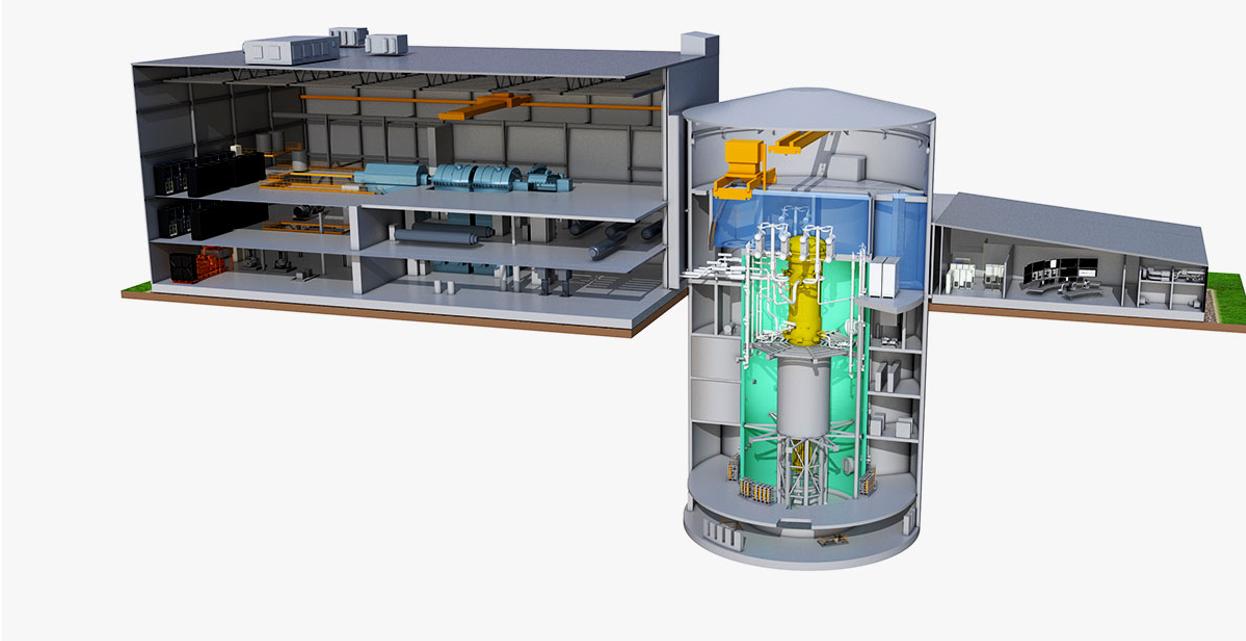**What Powers a Nuclear Reactor? The Hidden Fuel Behind Atomic Energy**
(Which Substance Is A Fuel Used In Nuclear Power Plants?)
Nuclear power plants have a reputation for being complex, mysterious, and a little bit sci-fi. But at their core, they rely on something surprisingly simple: fuel. Not the kind you pump into a car or light with a match, though. The star player here is uranium. This heavy metal hides in rocks underground, and it’s the secret sauce that keeps nuclear reactors humming. Let’s break down why uranium is the go-to fuel for atomic energy—and what makes it so special.
First off, uranium isn’t rare. It’s found all over the world, mixed into the Earth’s crust. But not all uranium works for nuclear power. The type reactors crave is uranium-235, or U-235. Here’s the catch: only about 0.7% of natural uranium is U-235. The rest is mostly uranium-238 (U-238), which doesn’t split easily. To make reactor fuel, scientists boost the U-235 concentration through a process called enrichment. This turns the uranium into usable fuel pellets.
Why uranium? It’s all about atoms. Uranium atoms are big and unstable. When a neutron smacks into a U-235 atom, it splits, releasing a burst of energy. This is called nuclear fission. The split also shoots out more neutrons, which hit other uranium atoms, creating a chain reaction. Keep this reaction controlled, and you’ve got a steady supply of heat. Let it run wild, and… well, that’s a different story. Reactors are designed to manage this process carefully.
The fuel doesn’t start in the reactor, of course. Mined uranium is processed into yellowcake—a powdery substance—then converted into gas for enrichment. After that, it’s turned back into solid ceramic pellets. These pellets are stacked inside metal tubes, forming fuel rods. Hundreds of rods are bundled together to create a fuel assembly. One assembly can power a reactor for years.
But uranium isn’t just picked for its energy potential. It’s also stable. Unlike coal or gas, uranium fuel doesn’t burn. It doesn’t produce smoke or greenhouse gases during fission. The energy packed into a single pellet is wild. One uranium pellet, the size of a pencil eraser, holds as much energy as a ton of coal or 150 gallons of oil. That density is why nuclear plants generate massive power without needing constant refueling.
Once the fission party starts, the heat turns water into steam. The steam spins turbines connected to generators, producing electricity. Simple, right? Sort of. The science is straightforward, but the engineering? Not so much. Keeping the reaction controlled requires precision. Control rods made of materials like boron or cadmium soak up extra neutrons, slowing the chain reaction. Coolant—usually water—circulates to prevent overheating.
Safety is a big deal. Used fuel stays hot and radioactive for years, so it’s stored in cooling pools or dry casks onsite. No nuclear plant wants a meltdown. Modern reactors have layers of safety systems to shut things down fast if something goes sideways.
Uranium isn’t perfect, though. Mining and enriching it takes work. Waste disposal is still a puzzle. But for now, it’s the best fuel we’ve got for large-scale, reliable nuclear energy. Countries leaning on nuclear power—like France, the U.S., or China—depend on uranium to keep lights on without pumping carbon into the air.
(Which Substance Is A Fuel Used In Nuclear Power Plants?)
Renewable energy sources like solar and wind are growing, but they can’t match nuclear’s steady output. Until better solutions arrive, uranium remains the quiet powerhouse behind the reactors. Next time you flip a switch, remember: somewhere, tiny uranium pellets are working overtime to make it happen.
Inquiry us
if you want to want to know more, please feel free to contact us. (nanotrun@yahoo.com)




